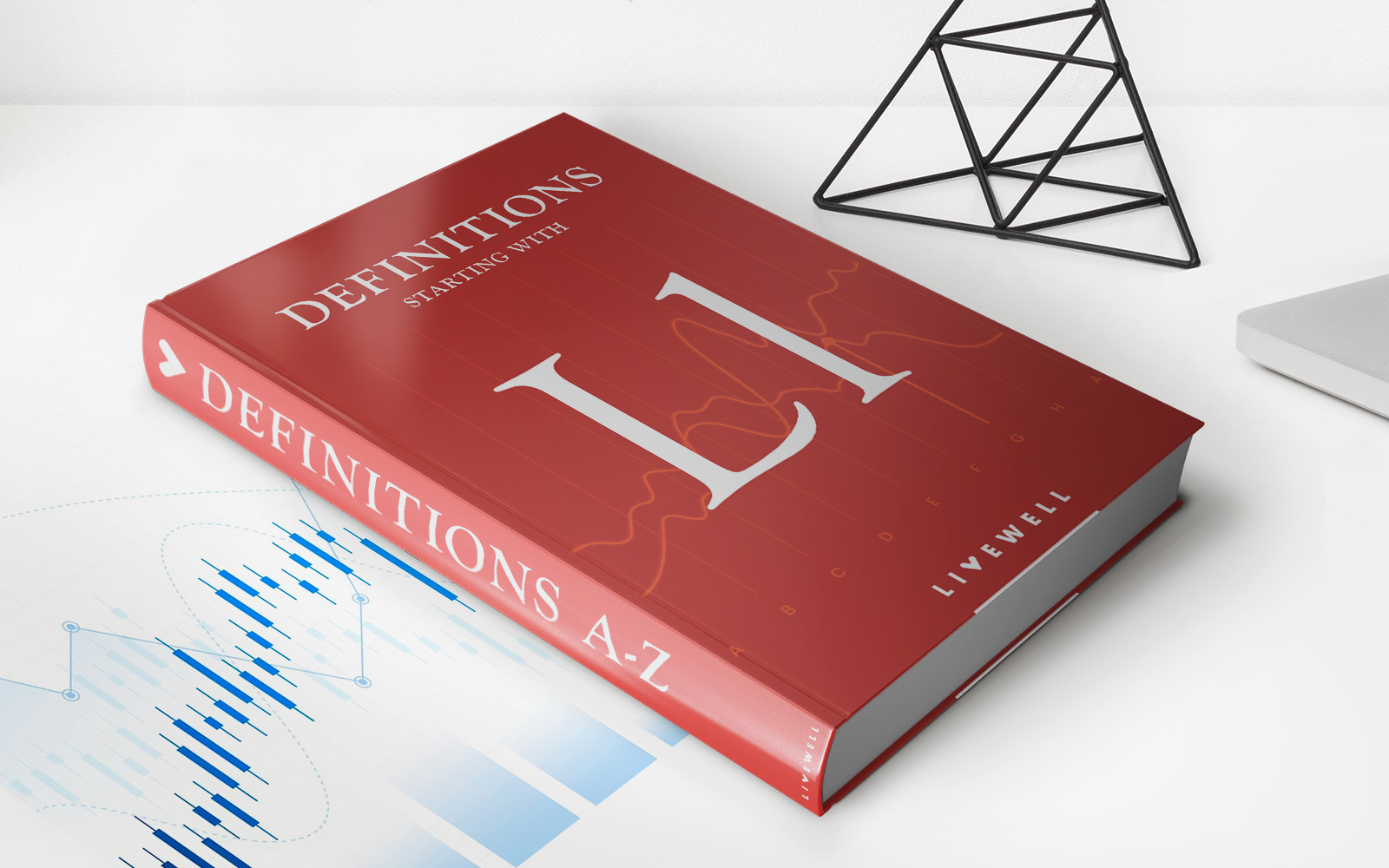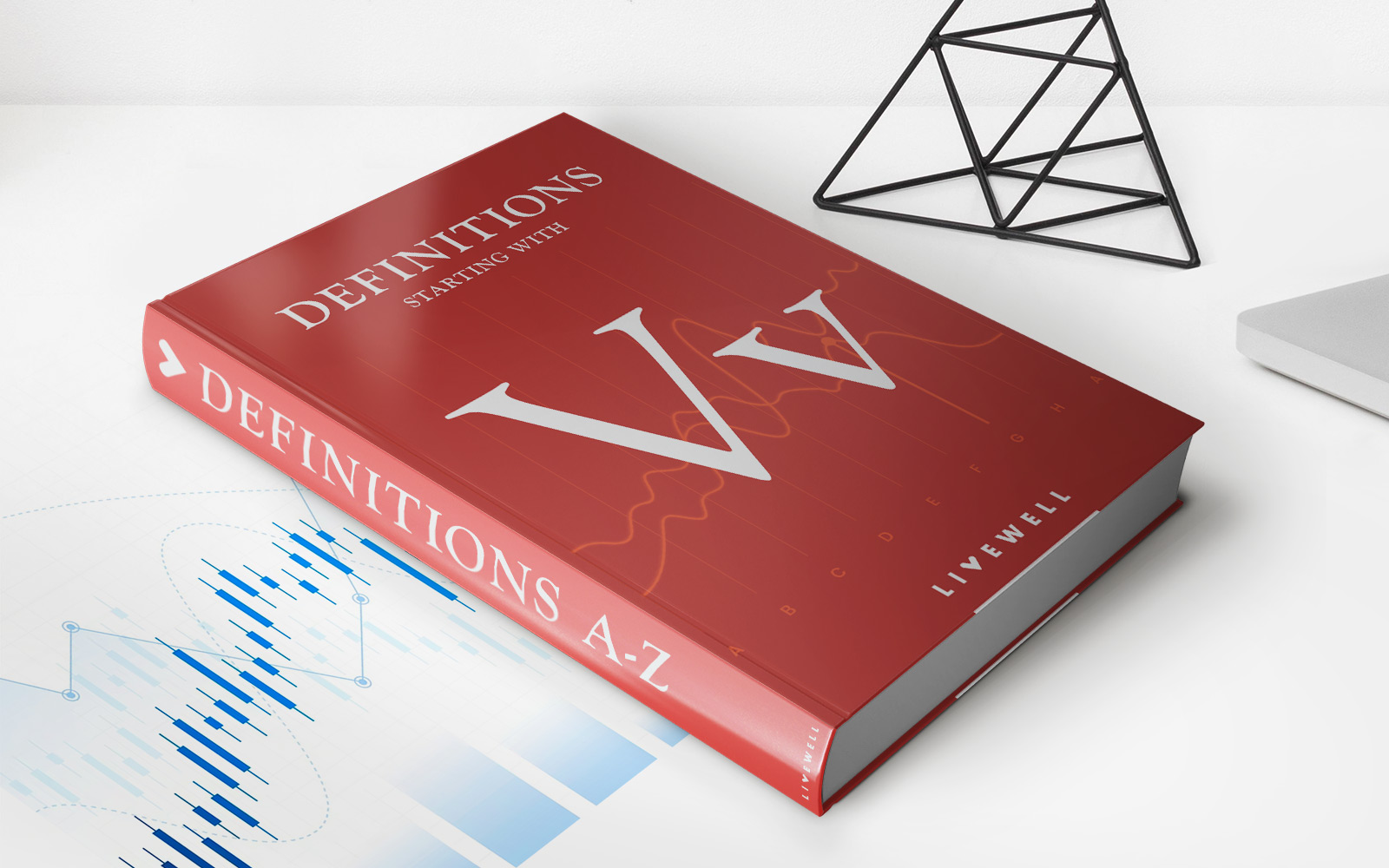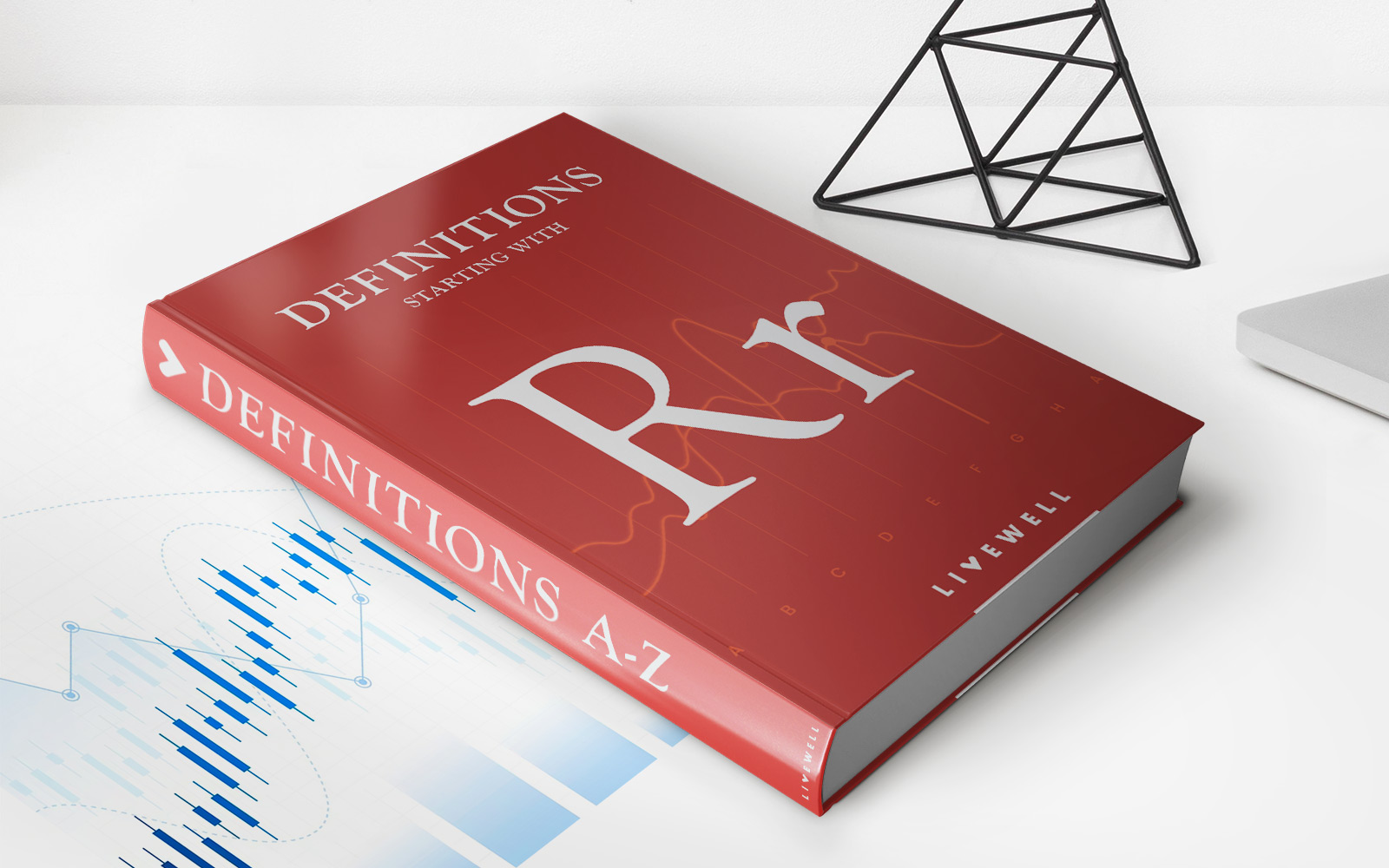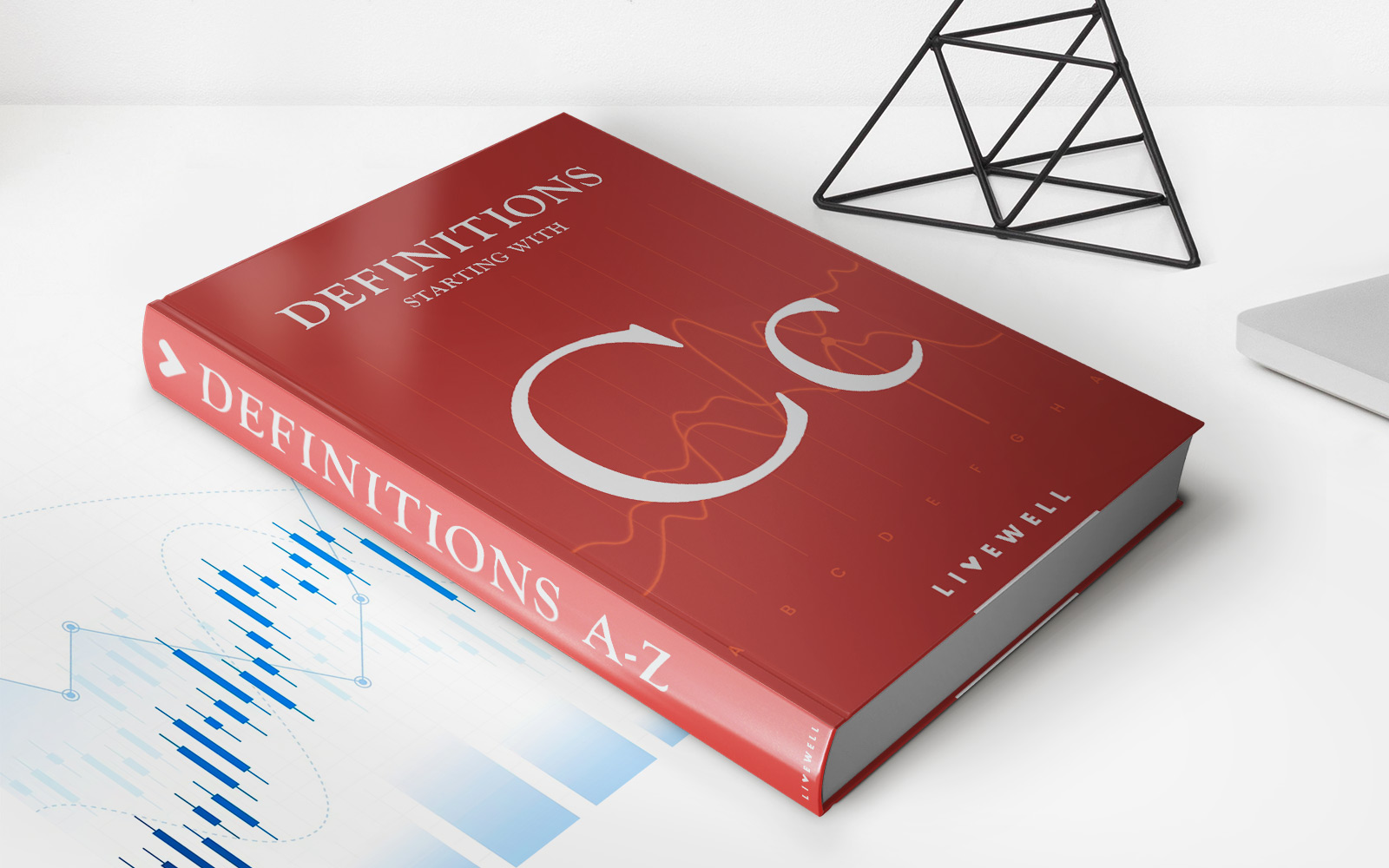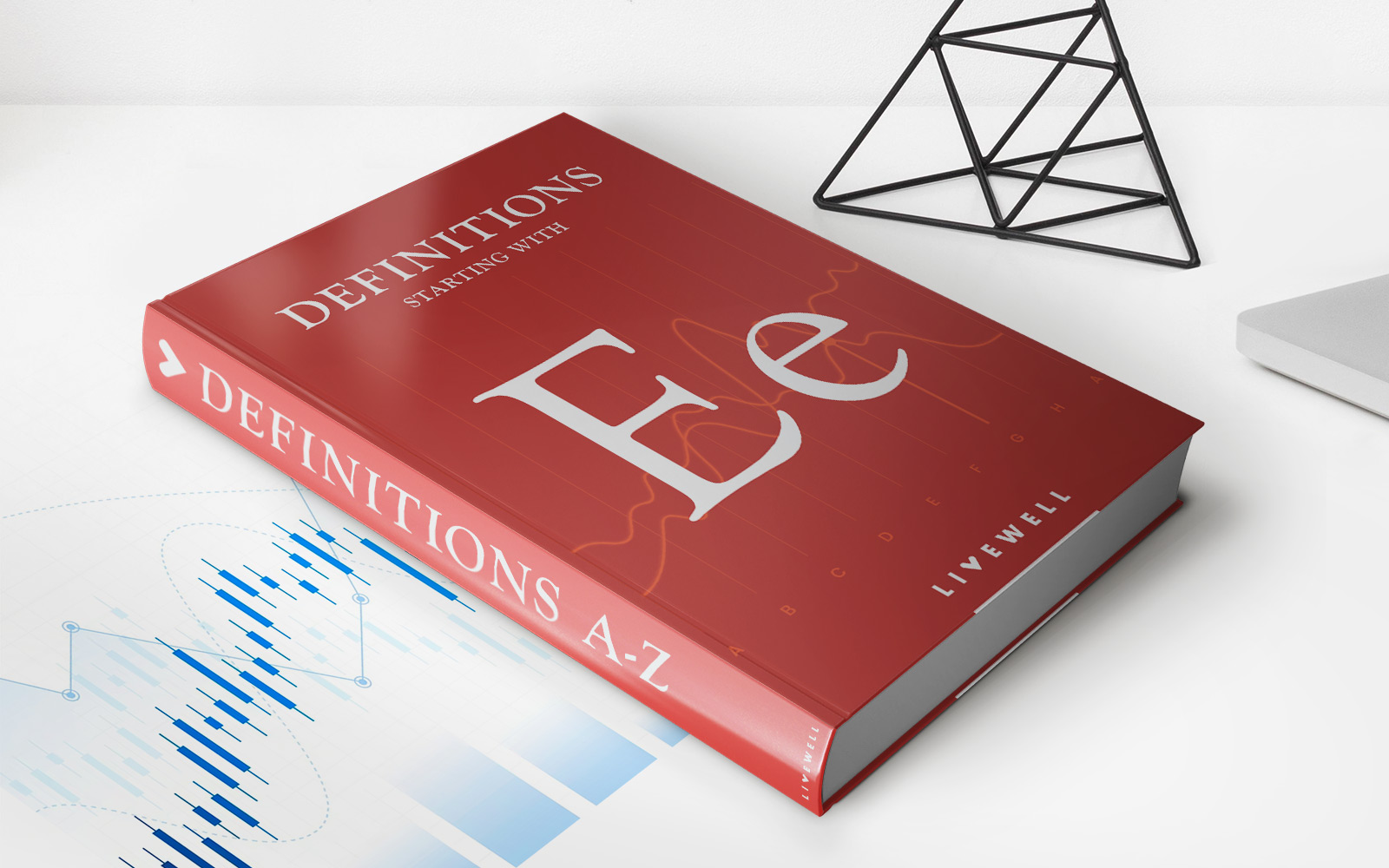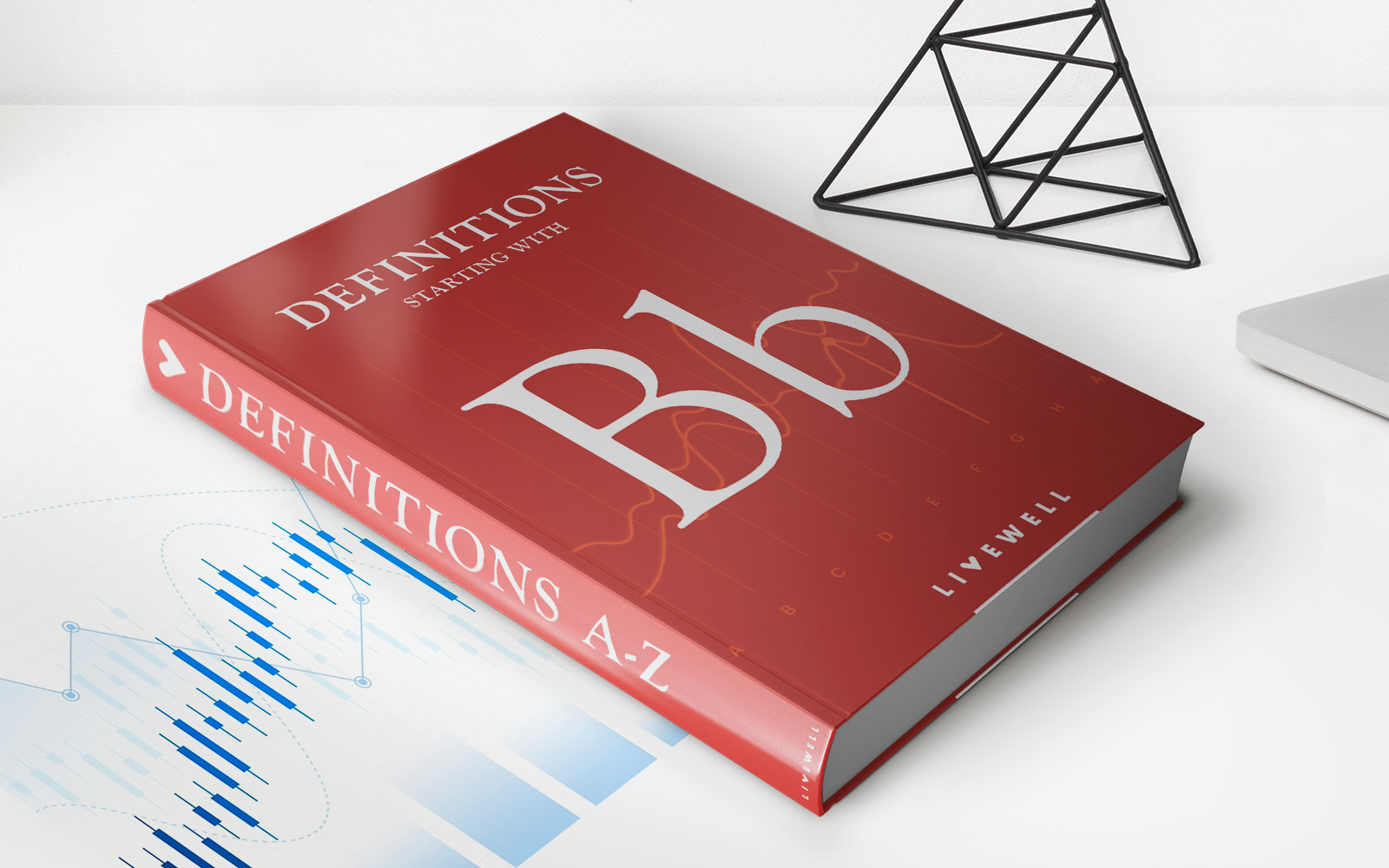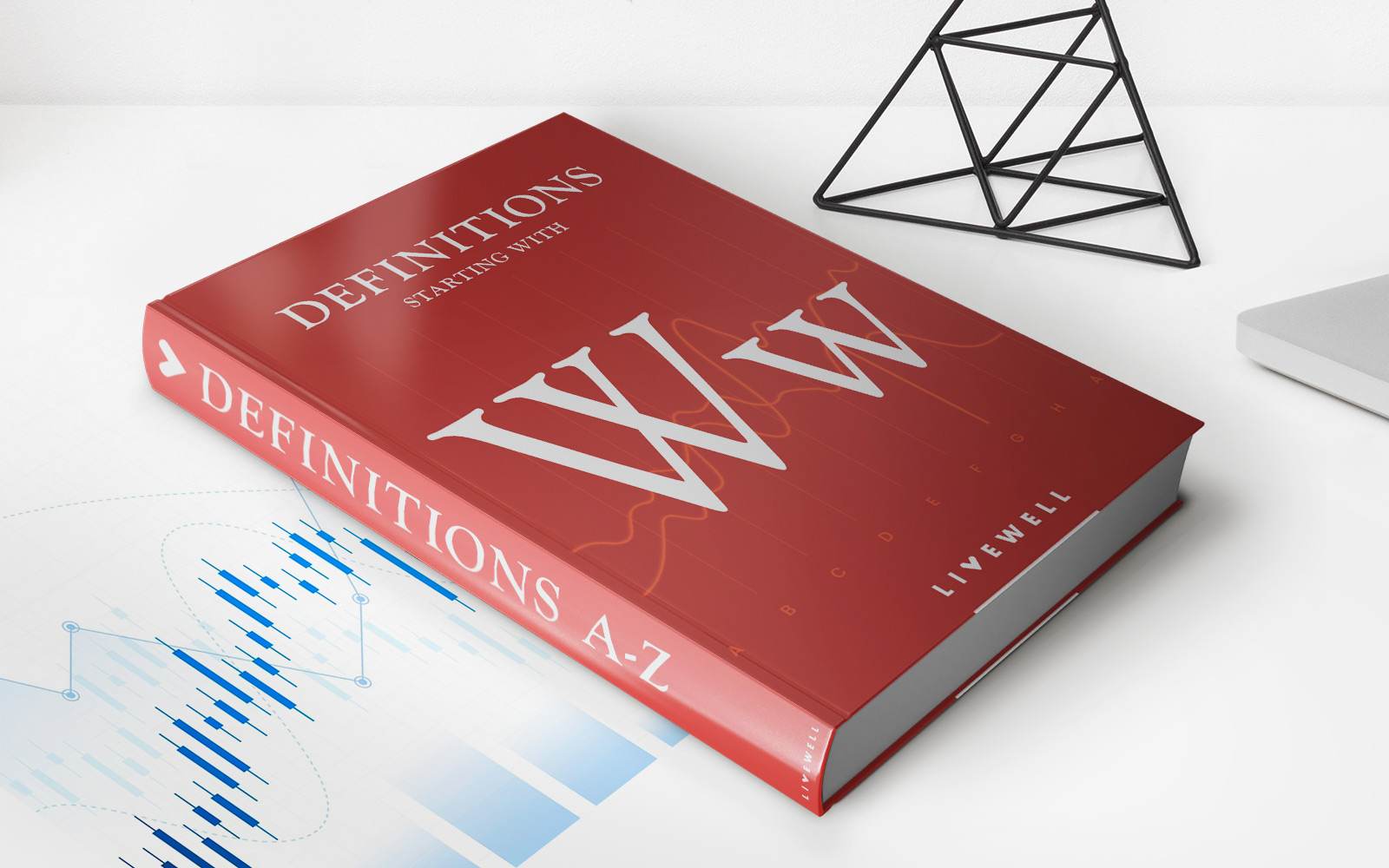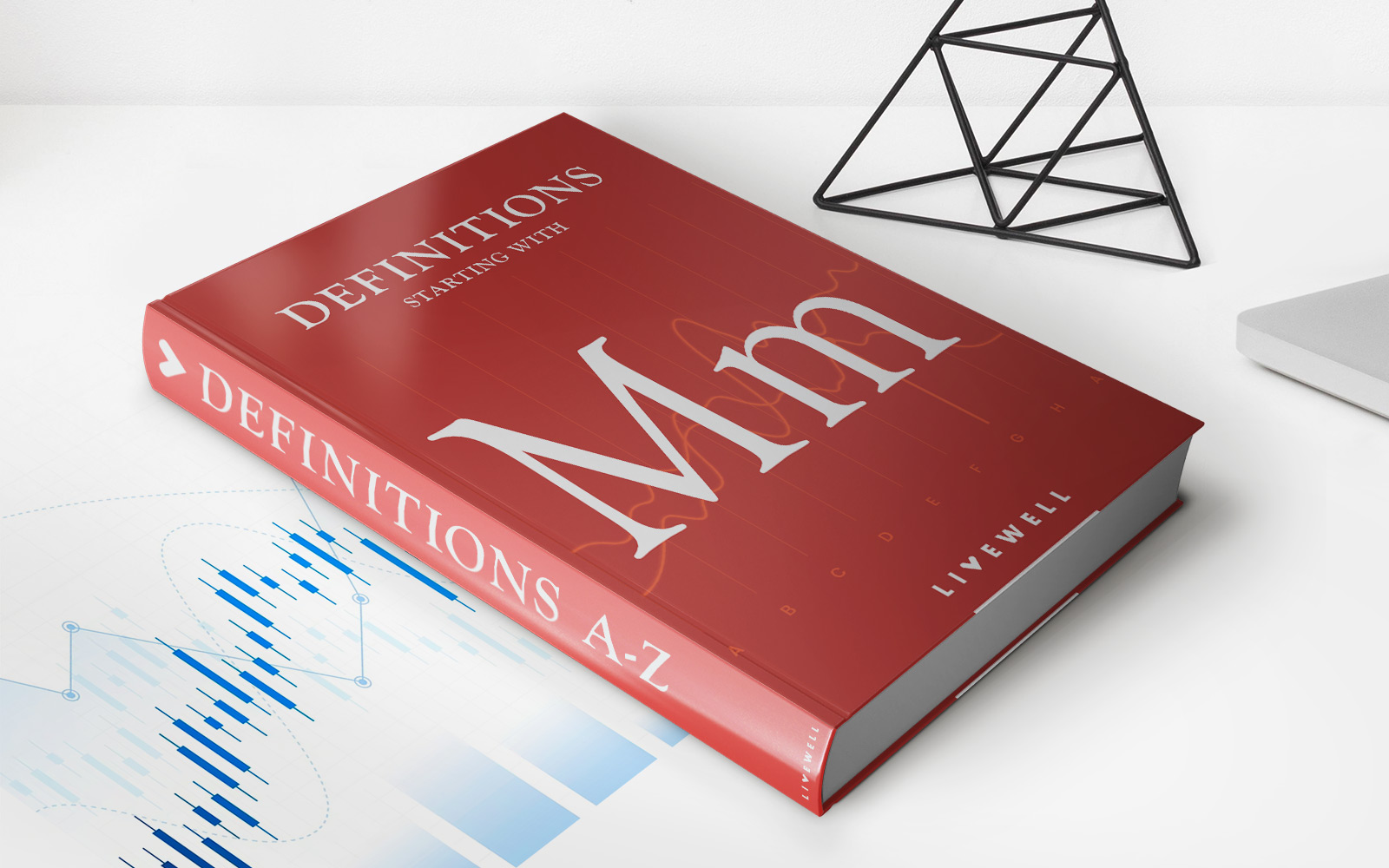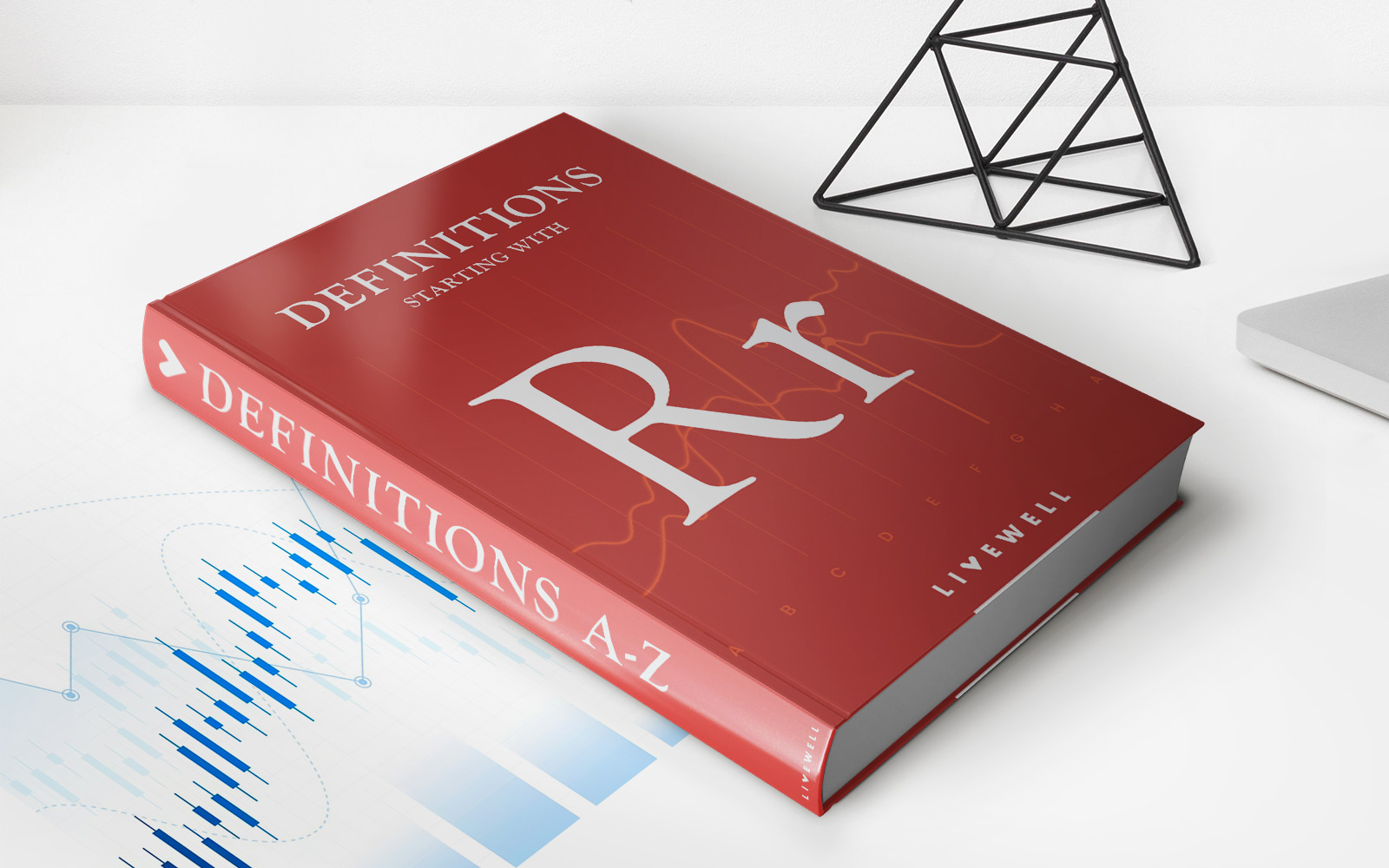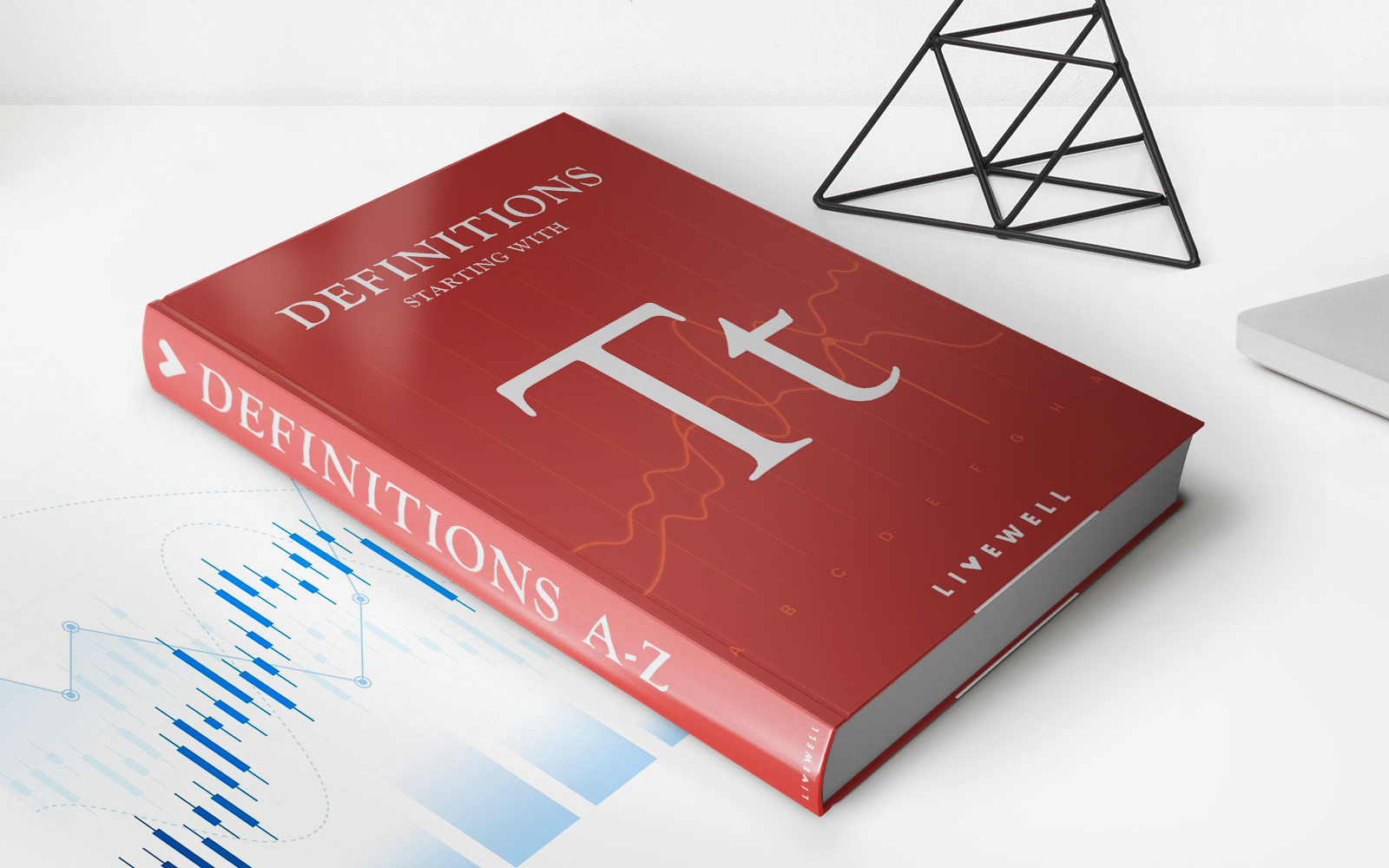Home>Finance>What Is A 1035 Exchange? Definition And How The Rules Work
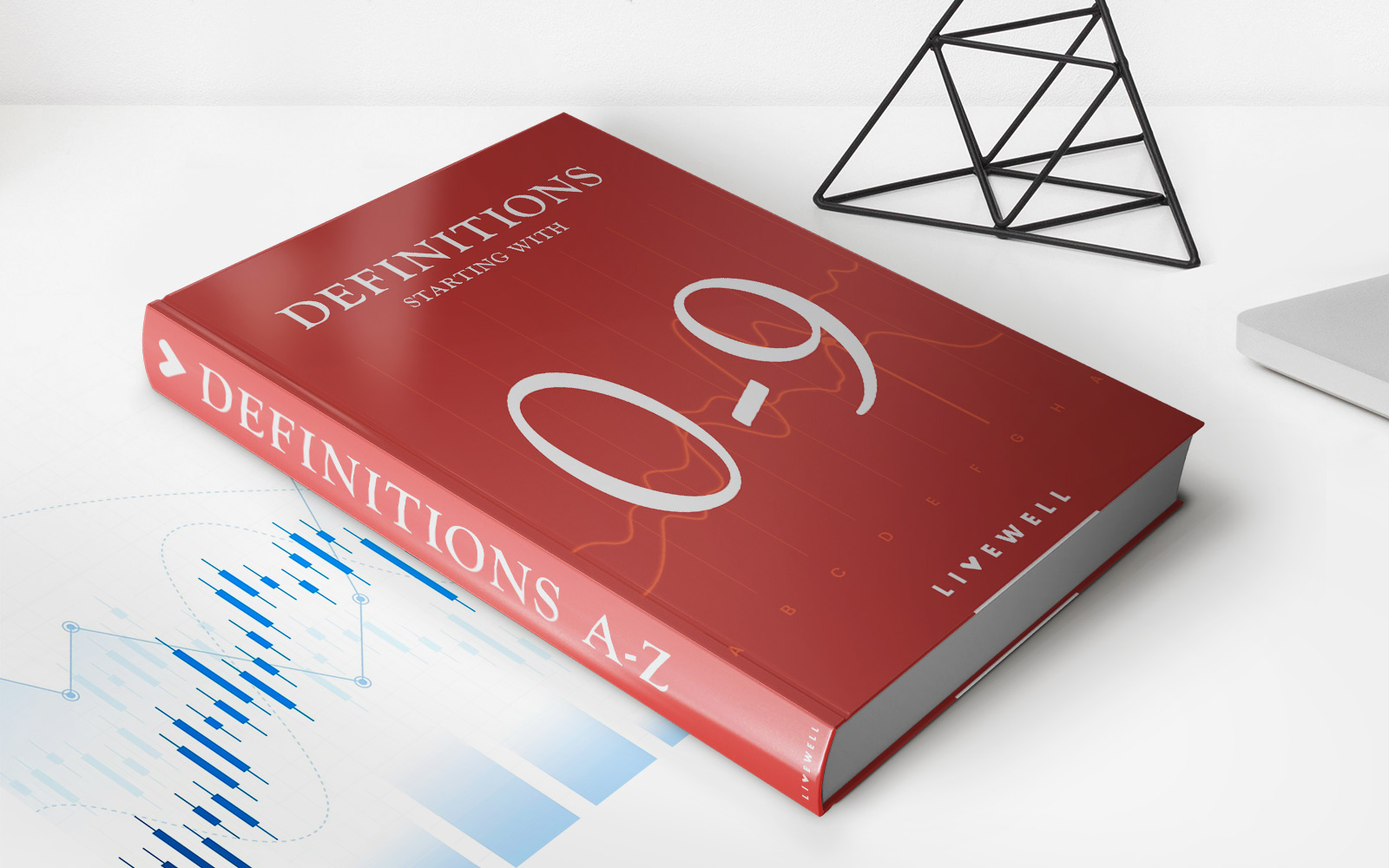

Finance
What Is A 1035 Exchange? Definition And How The Rules Work
Modified: October 10, 2023
Learn what a 1035 exchange is in the world of finance, including its definition and rules. Discover how this valuable tool can benefit your financial strategy.
(Many of the links in this article redirect to a specific reviewed product. Your purchase of these products through affiliate links helps to generate commission for LiveWell, at no extra cost. Learn more)
Unlocking the Power of a 1035 Exchange: A Guide to Financial Freedom
Have you ever wondered how to make the most out of your investments? Are you looking for a way to optimize your financial portfolio while deferring taxable gains? Look no further than the powerful tool known as a 1035 exchange. In this blog post, we will dive into what a 1035 exchange is, its definition, and how the rules work, giving you the knowledge and confidence to explore this option for your financial goals.
Key Takeaways
- A 1035 exchange allows you to transfer funds from an existing insurance or annuity policy to a new one without incurring taxes.
- This exchange is a powerful strategy for minimizing tax liabilities and optimizing your financial portfolio.
So, what exactly is a 1035 exchange? In simple terms, it refers to a provision in the Internal Revenue Code that allows you to transfer funds from one insurance or annuity policy to another, without triggering a taxable event. This means you can move your money from an underperforming or less suitable policy to a more beneficial one, all while deferring taxes on any gains.
One of the key benefits of a 1035 exchange is the ability to maintain the tax-deferred status of your original policy. This, in turn, allows your investment to grow and compound over time, bolstering your financial future.
The rules governing a 1035 exchange can be complex, so it’s essential to understand the process. Here’s a breakdown of the important factors:
The Parties Involved
A 1035 exchange involves three primary parties:
- The Owner: This is the individual who holds the existing policy and wants to initiate the exchange.
- The Receiving Insurance Company: This is the provider of the new policy in which the funds will be transferred to.
- The Transferring Insurance Company: This is the current provider of the policy from which funds will be moved.
The Rules
Here are some crucial rules to keep in mind:
- Like-for-Like Exchange: The new policy must be of the same type as the old policy. For example, if you have a whole life insurance policy, you can exchange it for another whole life insurance policy.
- No Cash Receipt: You are not allowed to receive any cash or benefit in any other form during the exchange.
- Naming the Same Insured: The insured individual on the new policy should be the same as the one on the existing policy. However, exceptions apply in cases of ownership change due to divorce or estate planning.
- Statutory Waiting Period: Some policies may have a waiting period before you can initiate a 1035 exchange. Make sure to review your policy terms and conditions.
It’s important to note that while a 1035 exchange allows you to defer the tax consequences, there may still be surrender charges or fees associated with the new policy. It’s crucial to carefully evaluate the costs and benefits before proceeding with the exchange.
By exploring the world of a 1035 exchange, you can unlock new opportunities for financial growth and flexibility. Whether you’re looking to optimize your investments, consolidate policies, or adjust your financial strategy, a 1035 exchange can offer a powerful solution while minimizing tax burdens. However, it’s always advisable to consult with a financial advisor or tax professional to ensure the exchange aligns with your unique circumstances and long-term goals.
So, why wait? Start exploring the potential benefits of a 1035 exchange today and take control of your financial future.
